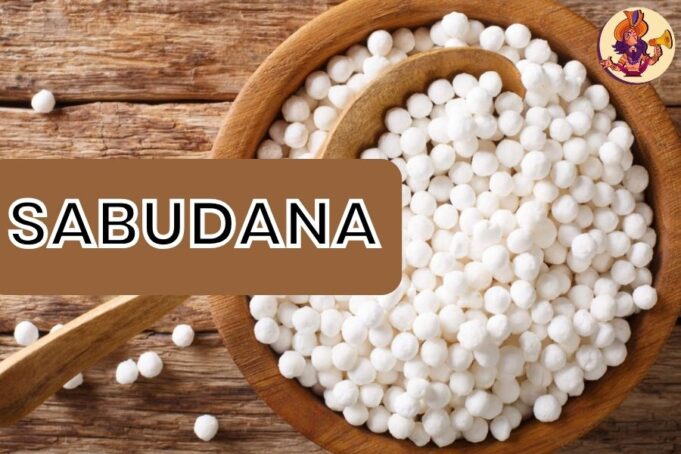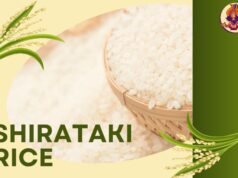Sabudana, also known as tapioca pearls, is widely consumed in many Indian households, especially during fasting seasons such as Navratri or Shivratri. These small, translucent pearls are not only delicious but are also packed with energy-boosting nutrients. However, have you ever wondered how sabudana is manufactured? Or what makes it so beneficial for health? Let’s explore the fascinating process behind sabudana production and uncover its impressive health advantages.
How Is Sabudana Produced?
Sabudana is derived from the cassava plant (tapioca root), which is native to South America but is now extensively cultivated in India, Thailand, and Brazil. The production of sabudana involves a meticulous and labor-intensive process.
- Harvesting the Roots – First, the cassava plant is uprooted, and its starchy tuberous roots are cleaned and peeled to remove dirt and outer skin.
- Extracting the Starch – Next, the peeled roots are crushed or grated and then soaked in water. The starchy liquid is released and allowed to settle. Afterward, the water is drained, leaving behind pure tapioca starch.
- Forming the Pearls – The starch is then processed into small granules using a sieve-like machine. These granules are heated, causing them to expand and form the familiar white, pearl-like sabudana.
- Drying and Packaging – Finally, the pearls are dried under controlled conditions to eliminate moisture, ensuring a long shelf life. They are then packed and distributed to markets.
Interestingly, sabudana is naturally gluten-free, making it an excellent choice for those with gluten sensitivities.
Health Benefits of Sabudana
Beyond its culinary versatility, sabudana offers numerous health benefits:
1. Instant Energy Booster
Sabudana is rich in carbohydrates, which provide quick energy. As a result, it is often consumed during fasting when the body requires sustained fuel without heavy digestion.
2. Digestive Health Support
Despite being starchy, sabudana contains resistant starch, which acts as a prebiotic. Consequently, it promotes gut health by feeding beneficial bacteria and preventing bloating.
3. Bone Strengthening Properties
Packed with calcium and vitamin K, sabudana helps maintain bone density and reduces the risk of osteoporosis.
4. Healthy Weight Gain
For those seeking to gain weight in a nutritious way, sabudana is an excellent option. Due to its high-calorie content and essential amino acids, it supports muscle growth without unhealthy fats.
5. Blood Pressure Regulation
Sabudana contains potassium, which helps balance sodium levels in the body. Therefore, it aids in regulating blood pressure and reducing hypertension risks.
6. Skin and Hair Benefits
The antioxidants and vitamins present in sabudana promote collagen production, leading to healthier skin and stronger hair.
Delicious Ways to Consume Sabudana
From savory dishes to sweet delicacies, sabudana can be prepared in various ways:
- Sabudana Khichdi – A popular fasting dish made with peanuts, potatoes, and spices.
- Sabudana Vada – Crispy, deep-fried fritters that serve as a perfect snack.
- Sabudana Kheer – A creamy, milk-based dessert flavored with cardamom and nuts.
Conclusion
Sabudana is more than just a fasting food—it is a nutritional powerhouse with multiple health benefits. Whether quick energy, improved digestion, or stronger bones are desired, these tiny pearls deliver significant advantages. Next time a plate of sabudana khichdi is enjoyed, the incredible journey it took to reach the table and the nourishment it provides should be remembered.
Have any unique sabudana recipes been tried? Feel free to share your favorites in the comments!















